Spectacle Island | An Island Retreat Minutes from Boston
Boston’s Spectacle Island is the ultimate story of urban revitalization. A former smallpox quarantine and garbage dump turned into a bucolic retreat for city dwellers…with the help of truckloads of dirt excavated from the Big Dig. And it’s just a 20-minue boat ride from Boston. The human tale of Spectacle Island goes back centuries. […]
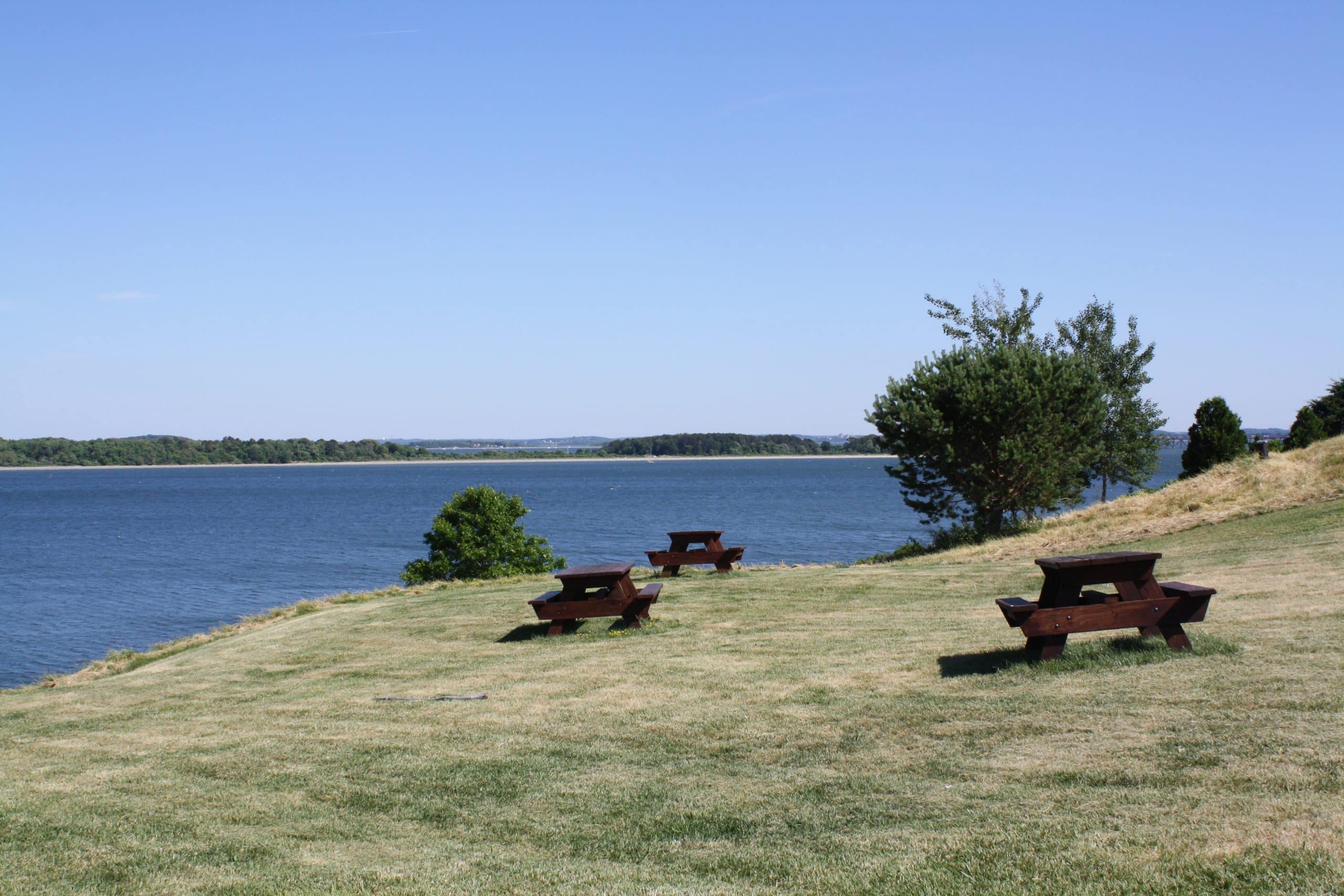
Meadows, trails, ocean
Photo Credit : Amy Traverso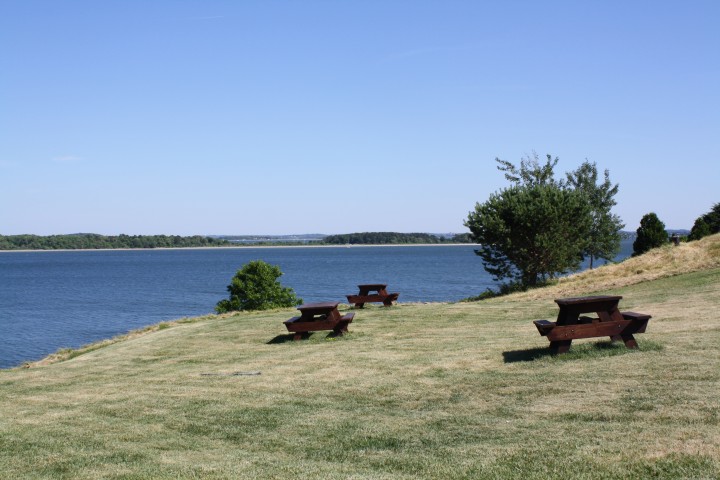
Photo Credit : Amy Traverso
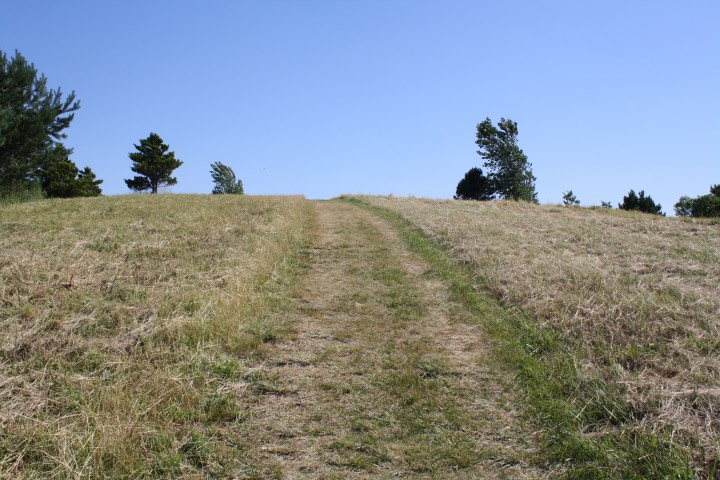
Photo Credit : Amy Traverso
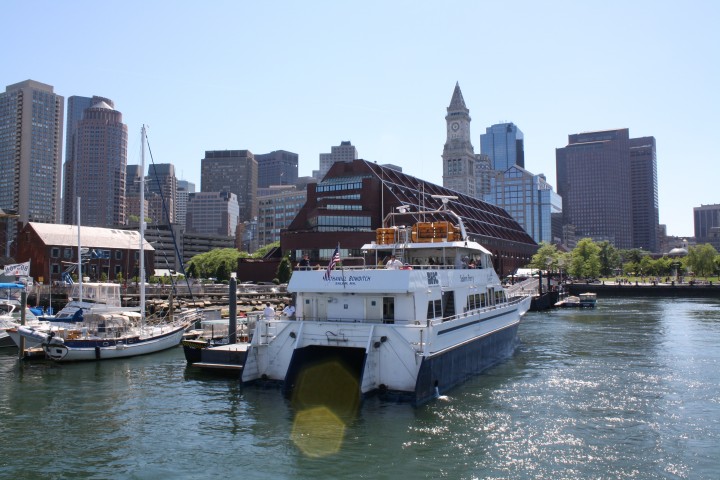

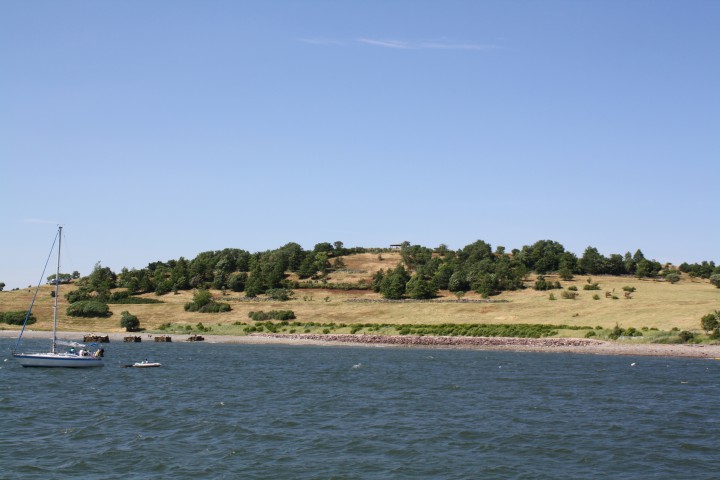 When you arrive at the marina, you’re greeted by a park ranger who can answer any questions. Up ahead, you’ll find the visitors’ center, where you can view an exhibit on the island’s history.
When you arrive at the marina, you’re greeted by a park ranger who can answer any questions. Up ahead, you’ll find the visitors’ center, where you can view an exhibit on the island’s history.
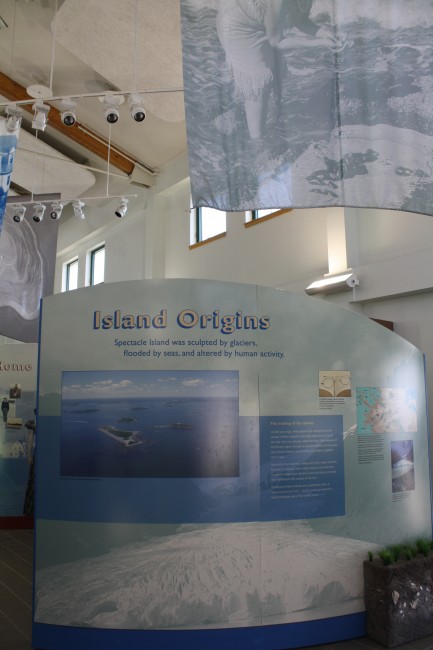 Close by the visitors’ center is the island’s main beach. The water is chilly and the beach has an ample supply of rocks, shells, and sea glass, so water shoes are a good idea. Lifeguards are on duty.
Close by the visitors’ center is the island’s main beach. The water is chilly and the beach has an ample supply of rocks, shells, and sea glass, so water shoes are a good idea. Lifeguards are on duty.
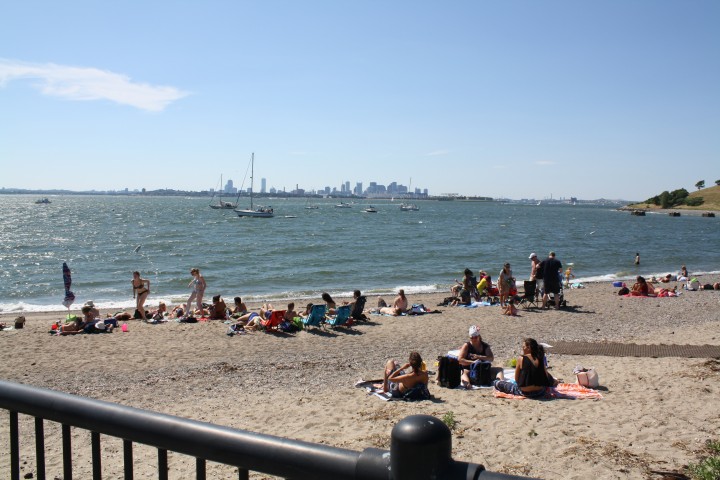
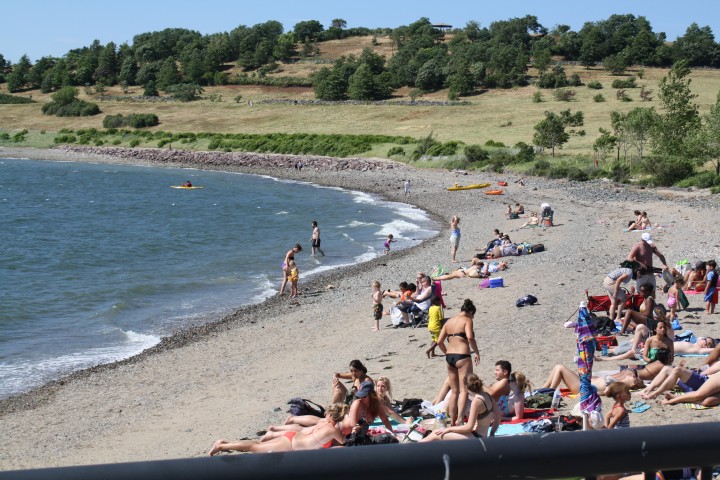 From the beach, you can head up the trails that circle the island. Some visitors bring bikes along; we brought a kite–sea breezes make for lively flights.
From the beach, you can head up the trails that circle the island. Some visitors bring bikes along; we brought a kite–sea breezes make for lively flights.
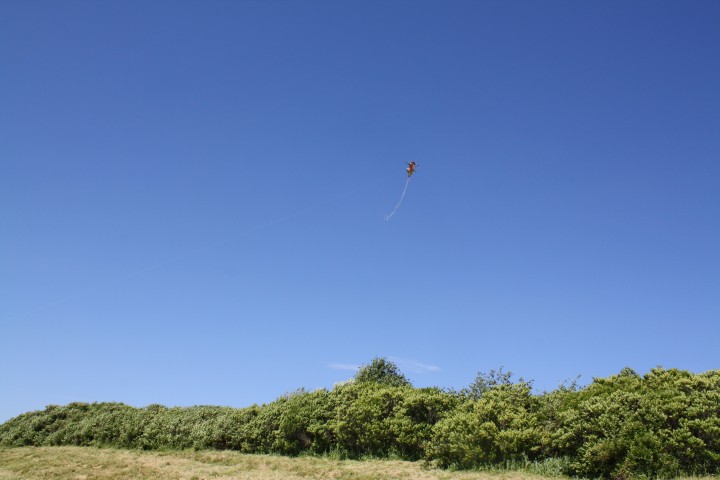

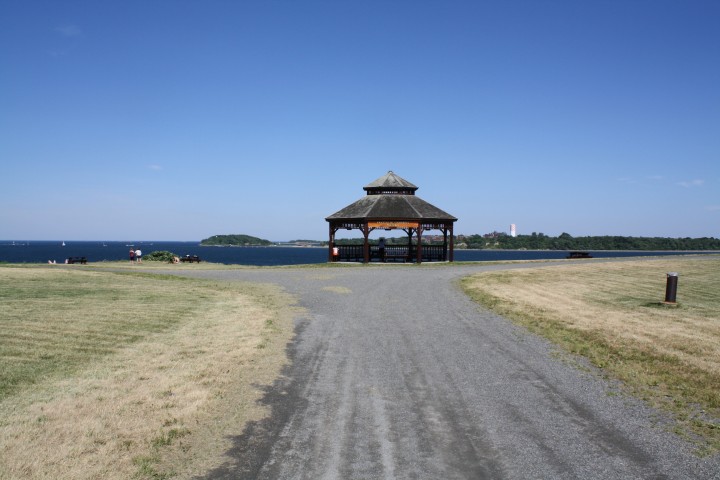 Inside the Krystle M. Campbell Memorial Gazebo, we found a poignant reminder of the Boston Marathon Bombings and a touching tribute to a young woman’s life.
Inside the Krystle M. Campbell Memorial Gazebo, we found a poignant reminder of the Boston Marathon Bombings and a touching tribute to a young woman’s life.
 Water-view picnic tables invite al fresco dining. That’s Long Island across the water.
Water-view picnic tables invite al fresco dining. That’s Long Island across the water.
 Loaded up on sun and salt air, it’s time to head back to Boston. Try to time your return to the dinner hour, when the sun is low and the light turns golden.
Loaded up on sun and salt air, it’s time to head back to Boston. Try to time your return to the dinner hour, when the sun is low and the light turns golden.
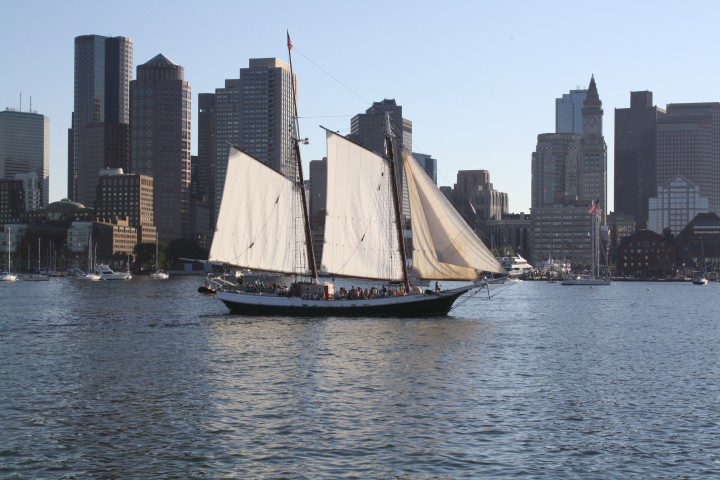 I have lived in Boston since 1997, and this view of the Customs House at sunset still makes me stop in my tracks.
I have lived in Boston since 1997, and this view of the Customs House at sunset still makes me stop in my tracks.
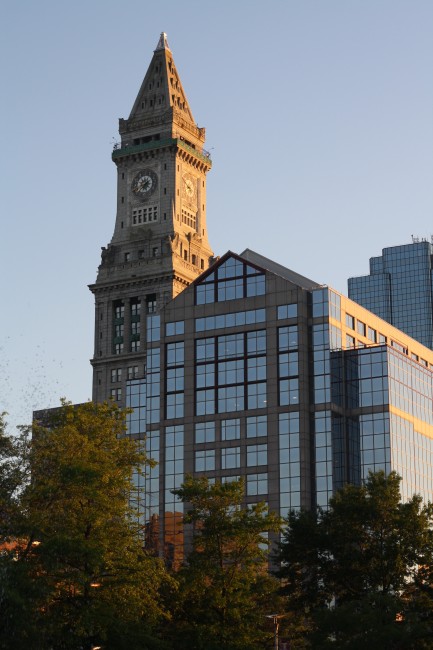 Visit the Boston Harbor Islands Web site to find travel essentials and learn about the island’s educational and recreational programs (including Saturday yoga classes and weekly Thursday night sunset clambakes). Spectacle Island has a snack bar that is open seven days a week during the summer.
Visit the Boston Harbor Islands Web site to find travel essentials and learn about the island’s educational and recreational programs (including Saturday yoga classes and weekly Thursday night sunset clambakes). Spectacle Island has a snack bar that is open seven days a week during the summer.Amy Traverso
Amy Traverso is the senior food editor at Yankee magazine and co-host of the public television series Weekends with Yankee, a coproduction with WGBH. Previously, she was food editor at Boston magazine and an associate food editor at Sunset magazine. Her work has also been published in The Boston Globe, Saveur, and Travel & Leisure, and she has appeared on Hallmark Home & Family, The Martha Stewart Show, Throwdown with Bobby Flay, and Gordon Ramsay’s Kitchen Nightmares. Amy is the author of The Apple Lover’s Cookbook, which was a finalist for the Julia Child Award for best first-time author and won an IACP Cookbook Award in the “American” category.
More by Amy Traverso

